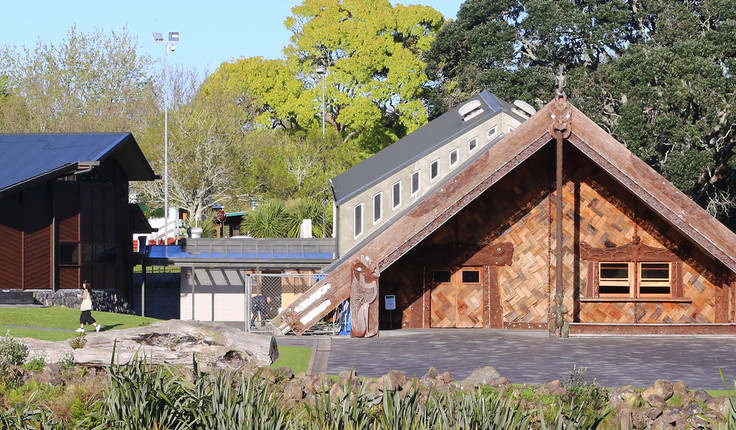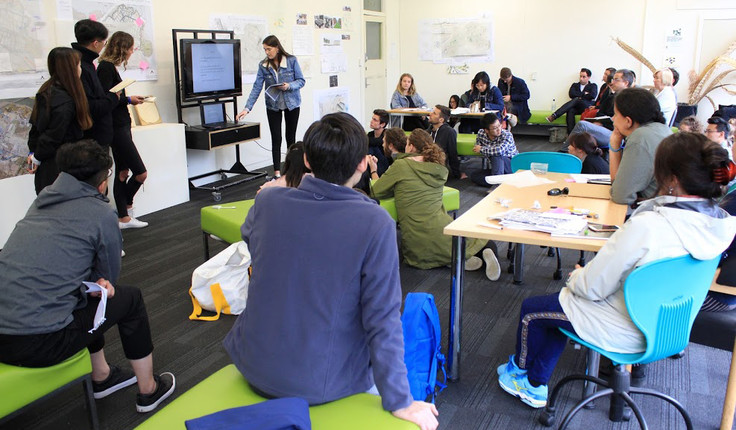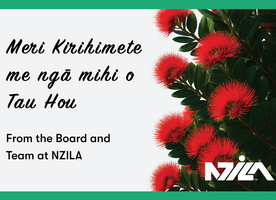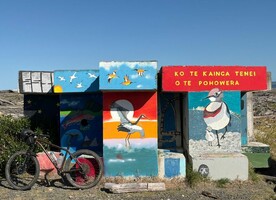News
Decolonising Landscape – a student Charrette
Posted 26 04 2018
in News

Tāmaki makaurau (Auckland)
During the recent 2018 Tuia Pito Ora (NZILA) conference in Tāmaki makaurau (Auckland) the Landscape Foundation, with support from Te Tau a Nuku and Ngā Aho representatives, ran the conference design charrette which focused on 'decolonisation' of our cities.
Students from Lincoln, Unitec, Otago, Victoria, AUT, Massey and Auckland University participated and brought together several design disciplines for what was two days of intensive design and progressive thinking about the legacy that colonisation has left in the urban landscape.
The charrette was coordinated by Dr Diane Menzies, with support from three of the conference speakers, Dr Rebecca Kiddle, Alayna Renata and Indigenous Australian planner Timmah Ball, as well as Desna Whaanga-Schollum, chairperson of Ngā Aho. A tremendous amount of support came from Jan Woodhouse of the Landscape Foundation, as well as Fiona Ting, for which much of the organisation, graphic design and arrangements for students would not have been possible without their contribution.
For many of the students, attendance at the powhiri at Te Noho Kotahitanga was their first experience in an immersive Māori environment. Students remarked on the warmth and manaakitanga felt during their stay at Te Noho Kotahitanga, with many thanks to Whaea Lynda Toki, Jess Aranui, Papa Hohepa Renata and others for their hospitality.

The powhiri was attended by NZILA Fellows Alan Titchener and Di Lucas, both whom have made considerable contributions to the profession and who show continued support to Tuia Pito Ora.
With a guided tour from Hayley Fitchett at HLC, students undertook analysis of a housing development which is in the final stages of construction and which is built on land of significance to local mana whenua groups. Students were tasked with analysing the existing development and making recommendations for how designers, developers and government agencies could better acknowledge mana whenua connection to the site by addressing socio-economic, cultural, environmental and education opportunities as well as constraints. Student ideas were both innovative and exciting, tackling a topic which is central to the profession of landscape architecture but also to society as a whole.
Text Alayna Renata
Share
19 Dec
Christmas break 2025

see you from 12 January
As we wrap up another big year, we’re taking a moment to pause, breathe, and enjoy a well-earned break. Meri …
18 Dec
President’s update

December 2025
Earlier this month I attended the Ngā Aho Māori Design Professionals Wānanga-ā-Tau at Te Aranga Marae in Flaxmere. Tuia Pito …
18 Dec
Awards 2026 update

An update as we warm up for the 2026 Awards kaupapa. Submissions will open in March and will run for …
Events calendar
Full 2025 calendar